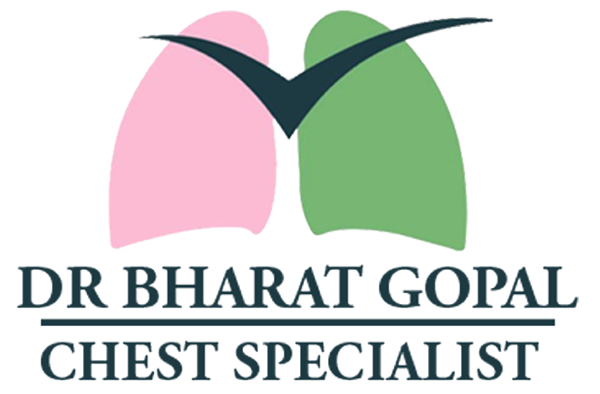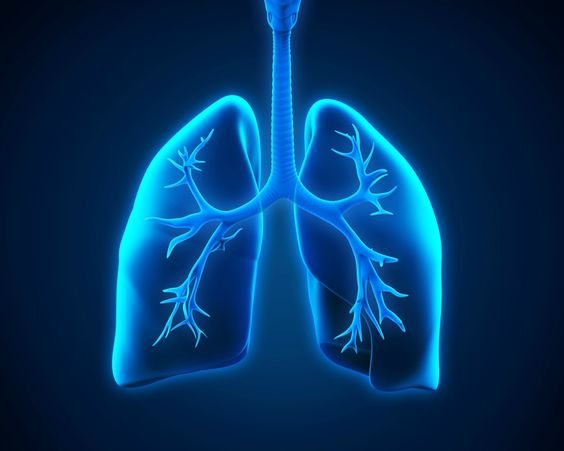Pulmonary Rehabilitation For Interstitial Lung Diseases: Breaking New Ground
Interstitial Lung Diseases (ILDs) represent a group of respiratory conditions characterized by inflammation and scarring of the lung tissue. These diseases, which include idiopathic pulmonary fibrosis (IPF), sarcoidosis, and connective tissue disease-associated ILD, pose significant challenges to individuals affected by them. In recent years, there has been a growing recognition of the role of pulmonary rehabilitation in managing ILDs, breaking new ground in respiratory care, and offering hope for improved quality of life for those navigating these complex conditions.
Understanding Interstitial Lung Diseases
ILDs encompass a diverse range of lung disorders, all sharing the commonality of affecting the interstitium—the tissue that surrounds the air sacs in the lungs. This can lead to progressive scarring and stiffness of the lungs, compromising their ability to expand and contract effectively. Breathlessness, persistent cough, and reduced exercise tolerance are common symptoms that significantly impact the daily lives of individuals with ILDs.
While the causes of ILDs vary, they often involve a combination of genetic predisposition, environmental exposures, and immune system dysfunction. The progressive nature of many ILDs makes their management challenging, emphasizing the need for comprehensive and innovative approaches to care.
The Evolving Role of Pulmonary Rehabilitation
Traditionally, pulmonary rehabilitation has been associated with conditions such as chronic obstructive pulmonary disease (COPD) and asthma. However, the paradigm is shifting, and researchers and healthcare providers are increasingly recognizing the potential benefits of pulmonary rehabilitation in ILDs.
Pulmonary rehabilitation for ILDs involves a multidisciplinary approach aimed at improving the overall well-being and functional capacity of individuals living with these conditions. Breaking new ground, this approach acknowledges the complex nature of ILDs and tailors interventions to address the unique challenges posed by scarring and inflammation in the lung tissue.
Breaking Down Barriers to Exercise
Exercise intolerance is a hallmark of ILDs, restricting individuals from engaging in physical activities that are essential for maintaining health and well-being. Pulmonary rehabilitation programs designed for ILDs focus on breaking down these barriers to exercise through carefully crafted exercise regimens.
Aerobic exercise, strength training, and flexibility exercises are integral components of ILD-specific pulmonary rehabilitation programs. These exercises are tailored to the individual’s abilities and are designed to improve cardiovascular fitness, enhance muscle strength, and promote flexibility. By gradually increasing exercise tolerance, individuals with ILDs can regain a sense of control over their bodies and experience improvements in daily functioning.
Respiratory Muscle Training: A Key Component
Respiratory muscle weakness is a common issue in ILDs, contributing to respiratory symptoms and reduced exercise capacity. Pulmonary rehabilitation programs for ILDs often include respiratory muscle training as a key component. These exercises target the muscles involved in breathing, helping to strengthen and improve their efficiency.
Techniques such as diaphragmatic breathing exercises and inspiratory muscle training may be incorporated into the rehabilitation plan. By enhancing the strength and endurance of respiratory muscles, individuals with ILDs can experience a reduction in breathlessness and an improvement in overall respiratory function.
Education and Self-Management Strategies
Empowering individuals with ILDs with knowledge about their condition is a crucial aspect of pulmonary rehabilitation. Breaking new ground in patient education, these programs provide in-depth information about the nature of ILDs, potential triggers, and strategies for symptom management.
Education also extends to teaching individuals self-management strategies to cope with the challenges posed by ILDs. This may include techniques for conserving energy, managing breathlessness during daily activities, and recognizing early signs of exacerbation. By fostering a proactive and informed approach to their health, individuals with ILDs can play an active role in managing their condition.
Psychosocial Support for Emotional Well-Being
Living with a chronic respiratory condition can take a toll on emotional well-being. Pulmonary rehabilitation programs for ILDs recognize the importance of psychosocial support in breaking new ground in holistic care. Psychologists, counselors, or support groups may be integrated into the rehabilitation team to address the emotional and psychological aspects of living with ILDs.
Coping with the uncertainty of a progressive lung disease, managing anxiety or depression, and navigating the impact of ILDs on daily life are critical aspects of psychosocial support. By addressing these aspects, pulmonary rehabilitation aims to enhance the overall quality of life for individuals with ILDs.
Nutritional Counseling and Weight Management
Maintaining optimal nutritional status is crucial for individuals with ILDs, as the increased work of breathing and reduced exercise capacity can impact dietary intake. Pulmonary rehabilitation programs may include nutritional counseling to address specific dietary needs and promote overall health.
Weight management is another important aspect, as excess weight can contribute to increased strain on respiratory muscles. Balancing nutritional intake, maintaining a healthy weight, and addressing specific dietary requirements contribute to the comprehensive care provided by ILD-focused pulmonary rehabilitation.
Home-Based Pulmonary Rehabilitation: Extending Reach and Convenience
Innovations in healthcare delivery have led to the development of home-based pulmonary rehabilitation programs, breaking new ground by extending the reach of these interventions. Recognizing that regular attendance at a healthcare facility may be challenging for individuals with ILDs, home-based programs provide a convenient alternative.
Home-based pulmonary rehabilitation typically involves a combination of remote consultations, online educational resources, and individually tailored exercise plans. Wearable technology, such as activity trackers, may be used to monitor progress and ensure that individuals are achieving their exercise goals. This approach not only increases accessibility but also promotes greater adherence to the rehabilitation plan.
Challenges and Considerations
While the emergence of pulmonary rehabilitation for ILDs represents a significant step forward, some challenges and considerations need to be addressed:
Disease Heterogeneity: ILDs encompass a diverse group of conditions, each with its unique characteristics and challenges. Tailoring pulmonary rehabilitation programs to individual needs requires a nuanced understanding of the specific ILD subtype and its impact on the patient.
Access to Rehabilitation Services: Access to specialized pulmonary rehabilitation services may vary, especially in regions with limited healthcare resources. Efforts are needed to ensure equitable access to these programs for individuals with ILDs, regardless of geographical location.
Integration with Standard Care: Pulmonary rehabilitation for ILDs should be integrated into the standard care pathway for these conditions. Collaboration between pulmonologists, respiratory therapists, and rehabilitation professionals is essential to provide comprehensive and coordinated care.
Research and Evidence Base: As the field of ILD-focused pulmonary rehabilitation continues to evolve, further research is needed to establish a robust evidence base. This includes large-scale clinical trials, longitudinal studies, and the development of standardized outcome measures to assess the efficacy of these interventions.
Conclusion: Transforming Lives Through Comprehensive Care
Pulmonary rehabilitation for interstitial lung diseases is breaking new ground in the realm of respiratory care. By addressing the unique challenges posed by ILDs and adopting a holistic, patient-centered approach, these programs offer a ray of hope for individuals facing the complexities of progressive lung diseases.
As the field continues to advance, collaboration between healthcare professionals, researchers, and individuals with ILDs will be instrumental in refining and expanding these rehabilitation programs. Breaking new ground is not just about managing the physical aspects of ILDs but also about transforming lives by empowering individuals to live with resilience, dignity, and an enhanced quality of life despite the challenges posed by interstitial lung diseases.


